2004
...
Orville and Wilbur Wright
(The Wright Brothers) First Flight 17. December 1903
.....
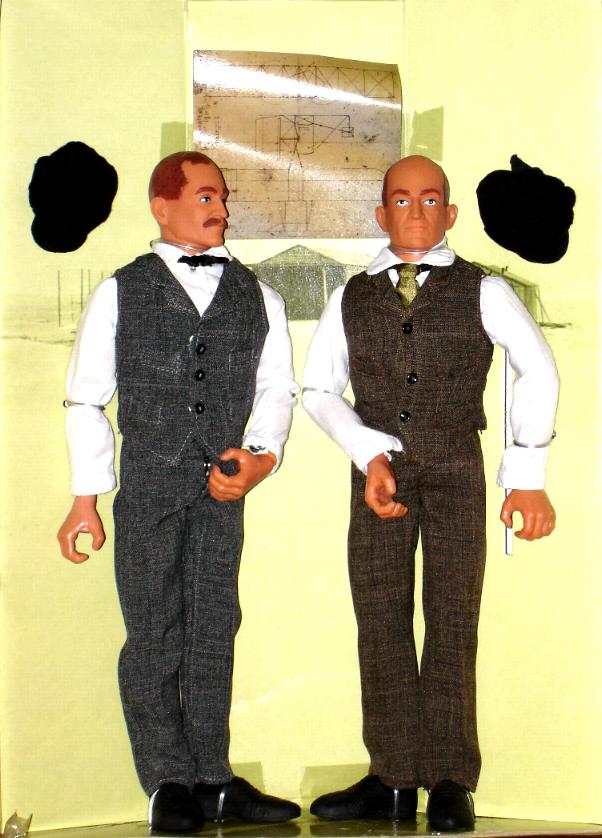 |
The Wright brothers worked closely together
in the early development of aeronautics. In every endavour the Wrights
were a successful team,they invented and flew the first practical airplane.
The 1903 Wright flyer lifted off the ground
and flew 120 feet in 12 seconds - for the first time, with controlled mechanical
power, man had flown! |
| ..... |
|
 |
WRIGHT, Orville
(1871–1948) was born in Dayton on Aug. 19,
1871. His individual contributions to the improvement of aircraft include
the development of the first wind tunnel in 1901 and the discovery, in
1902, that tailspins could be eliminated by substituting a movable vertical
tail for the stationary one then in use.
In 1903, at Kitty Hawk, Orville Wright made
the first successful flight, which lasted 12 sec, in a self-powered craft.
On Sept. 9, 1908, at Fort Meyer, Va., he simultaneously established several
records when he flew the first Wright plane made under government contract
for 62 min, completing 57 circles at an altitude of 36.6 m (120 ft); he
became an immediate international celebrity. In 1910 Orville Wright formed
the first Wright Exhibition Team, in which pilots trained by him performed
in Wright planes. He also personally tested each new piece of equipment
used on Wright planes and superintended production at the Wright plants.
He died in Dayton on Jan. 30, 1948. |
| ..... |
|
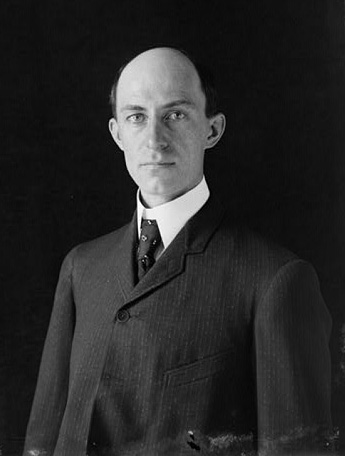 |
WRIGHT, Wilbur
(1867–1912) was born in Millville, Ind.,
on April 16, 1867. As boys, he and his younger brother Orville made simple
mechanical toys, and in 1888 they built a large printing press. Already
successful printers, the brothers opened a bicycle repair shop and showroom
in 1892, and three years later they began assembling bicycles with tools
of their own invention. The Wrights were admirers of the writings and feats
of the German engineer Otto Lilienthal, the American engineer Octave Chanute
(1832–1910), and other glider experimenters. At Kitty Hawk the Wrights
also proved to their satisfaction that planes could be balanced best by
pilots, rather than by built-in engineering devices; this was the major
idea covered by the first Wright patent.In 1903 the brothers constructed
their first propeller, from original calculations; it was about 35 percent
more effective than other propellers then available. They next built a
337-kg (750-lb) machine with a 12-hp motor in which, on Dec. 17, 1903,
at Kitty Hawk, first Orville and then Wilbur made the first powered airplane
flights in history.
He died in Dayton three years later, on May
30, 1912, of typhoid fever. |
.....
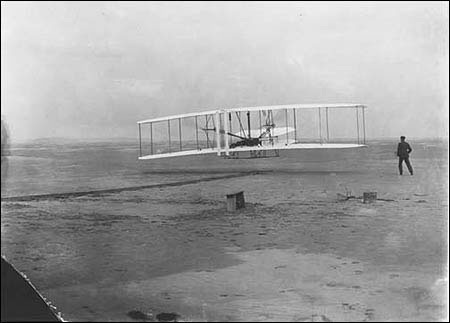
The Wrights were first to design and build
a flying craft that could be controlled while in the air. Every successful
aircraft ever built since, beginning with the 1902 Wright glider, has had
controls to roll the wings right or left, pitch the nose up or down, and
yaw the nose from side to side. These three controls -- roll, pitch, and
yaw -- let a pilot navigate an airplane in all three dimensions, making
it possible to fly from place to place. The entire aerospace business,
the largest industry in the world, depends on this simple but brilliant
idea. So do spacecraft, submarines, even robots. More important, the Wright
Brothers changed the way we view our world. Before flight became commonplace,
folks traveled in just two dimensions, north and south, east and west,
crossing the lines that separate town from town, nation from nation. Seen
from above, the artificial boundaries that divide us disappear. Distances
shrink, the horizon stretches. The world seems grander and more interconnected.
This three-dimensional vision has revealed a universe of promises and possibilities.
The world economy, our awareness of our environment, and space exploration
are all, to some degree, the results of the inventive minds of the Wilbur
and Orville Wright. In 1896, the newspapers were filled with accounts of
flying machines. Wilbur and Orville noticed that all these primitive aircraft
lacked suitable controls. They began to wonder how a pilot might balance
an aircraft in the air, just as a cyclist balances his bicycle on the road.
In 1899, Wilbur devised a simple system that twisted or "warped" the wings
of a biplane, causing it to roll right or left. They tested this system
in a kite, then a series of gliders. They made their first test flights
at Kitty Hawk, North Carolina, on the shores of the Atlantic where the
strong winds helped to launch the gliders and the soft sands helped to
cushion the fall when they crashed. Their first two gliders, flown in 1900
and 1901, failed to perform as the Wrights had hoped. The gliders did not
provide enough lift nor were they fully controllable. So during the winter
of 1901-1902 Wilbur and Orville built a wind tunnel and conducted experiments
to determine the best wing shape for an airplane. This enabled them to
build a glider with sufficient lift, and concentrate on the problem of
control. Toward the end of the 1902 flying season, their third glider became
the first fully controllable aircraft, with roll, pitch, and yaw controls.
During the winter of 1902-1903, with the help of their mechanic, Charlie
Taylor, the Wrights designed and built a gasoline engine light enough and
powerful enough to propel an airplane. They also designed the first true
airplane propellers and built a new, powered aircraft. Back in Kitty Hawk,
they suddenly found themselves in a race. Samuel P. Langley, Secretary
of the Smithsonian Institution, had also built a powered aircraft, patterned
after a small, unmanned "aerodrome" he had flown successfully in 1896.
To add to their frustrations, the Wrights were delayed by problems with
their propeller shafts and the weather, giving Langley time to test his
aircraft twice in late 1903. Both attempts failed miserably, however, and
Langley left the field to the Wrights. On December 17, 1903, Wilbur and
Orville Wright made the first sustained, controlled flights in a powered
aircraft. Back in Dayton, Ohio, the brothers found they had much to do
to perfect their invention. While the 1903 Wright Flyer did indeed fly,
it was underpowered and difficult to control. They established the world's
first test flight facilities at Huffman Prairie, northeast of Dayton (today,
the site of Wright Patterson Air Force Base). For two years they made flight
after flight, fine tuning the controls, engine, propellers, and configuration
of their airplane. At first, they could only fly in a straight line for
less than a minute. But by the end of 1905, they were flying figure-eight's
over Huffman Prairie, staying aloft for over half an hour, or until their
fuel ran out. The 1905 Wright Flyer was the world's first practical airplane.
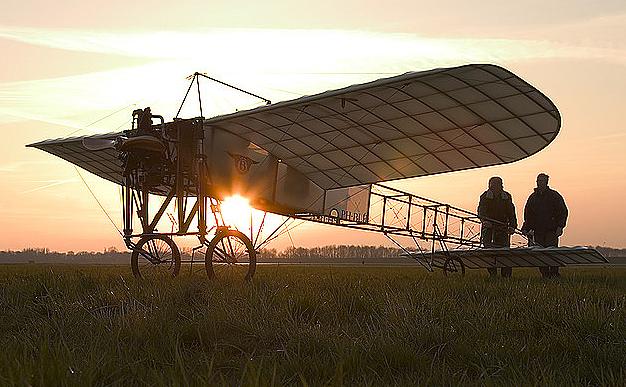 ...............
...............
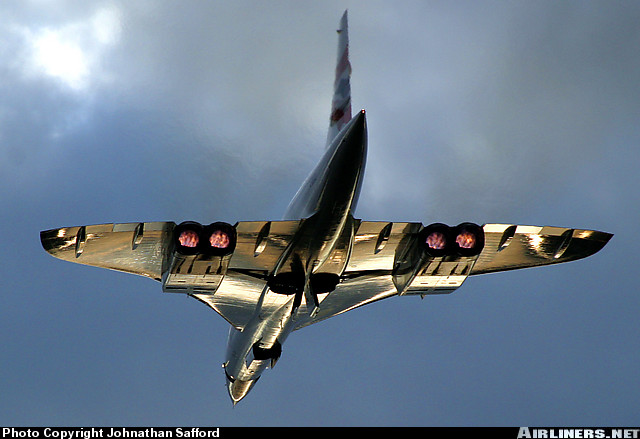 ...............
...............
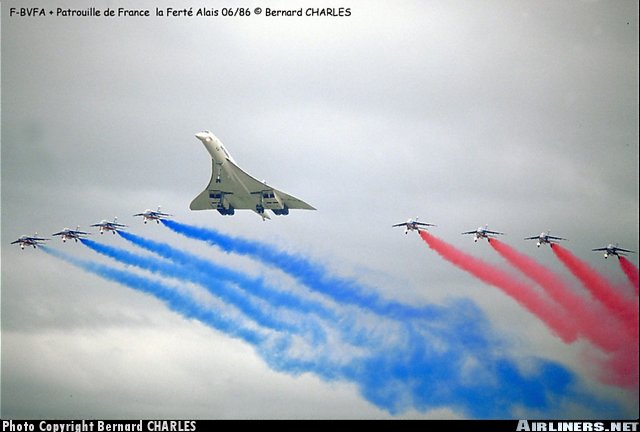
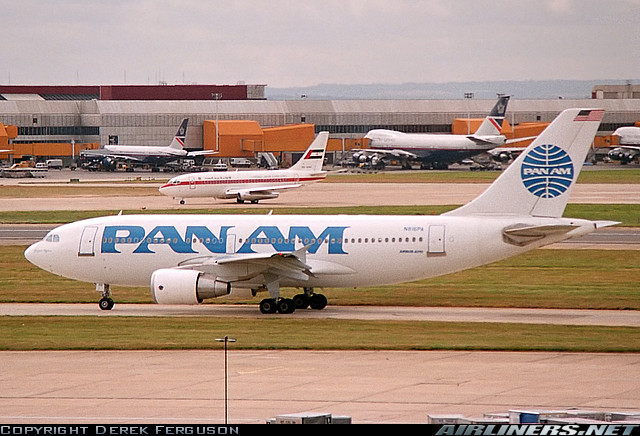 ...............
...............
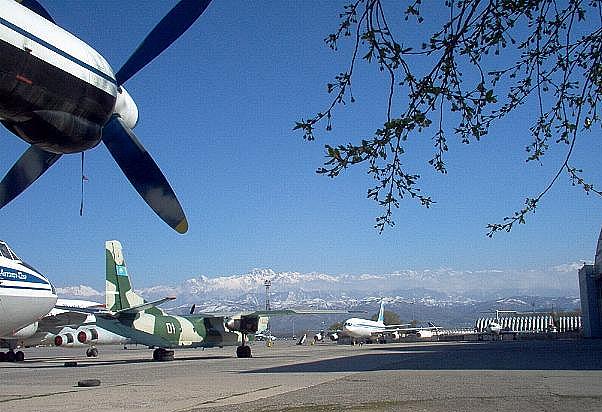 ...............
...............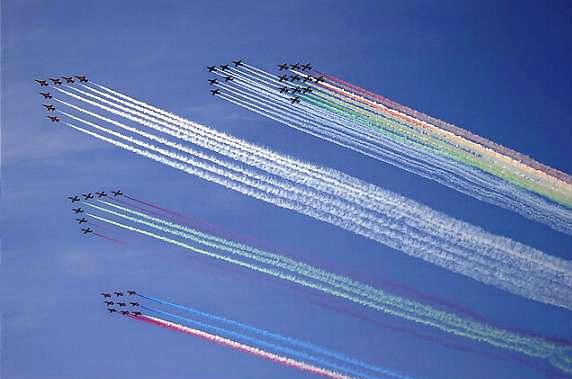
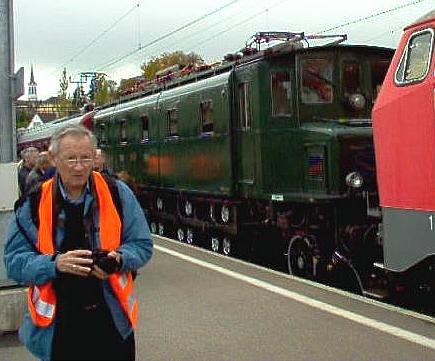 ...............
...............

HOME




 ...............
...............
 ...............
...............

 ...............
...............
 ...............
...............
 ...............
...............